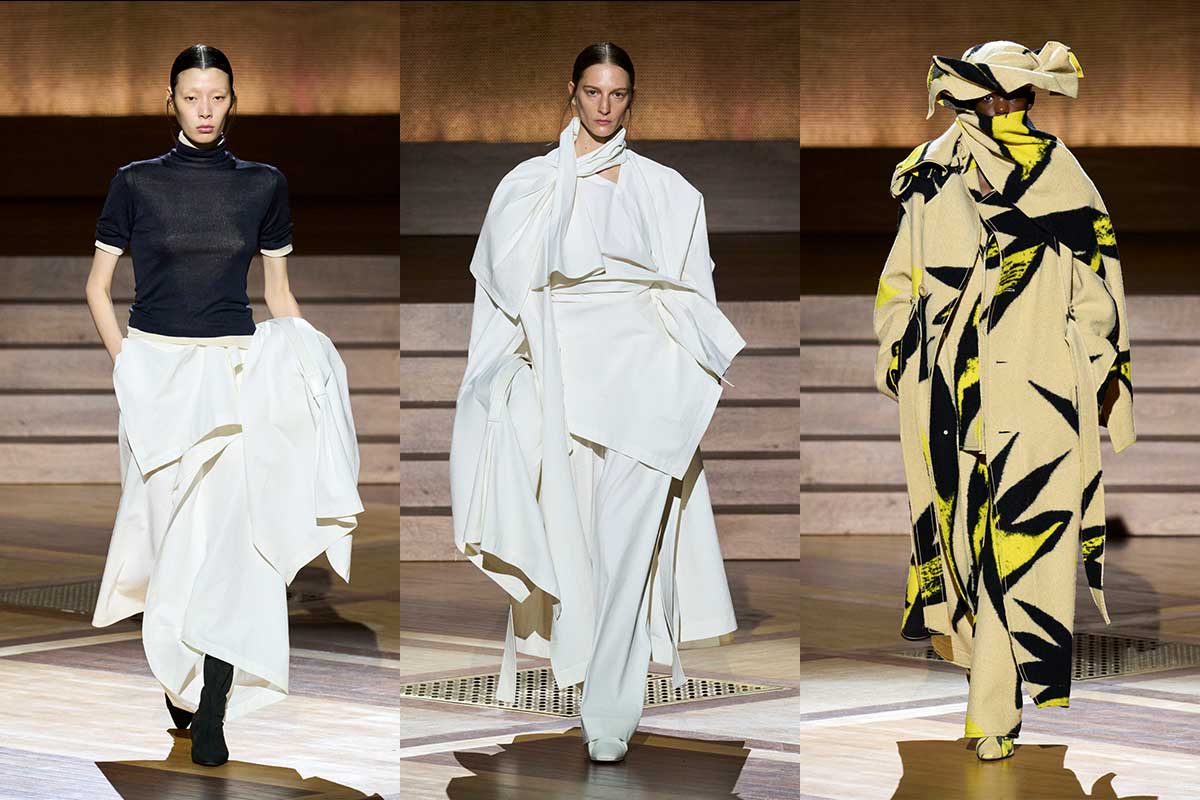
The physics of drapery reveals how gravity transforms fabric into elegance. Every pleat, fold, and silhouette is guided by nature’s most constant force. In fashion, design, and cultural expression, drapery is not just art—it’s science.
In a world obsessed with construction and control, drapery feels almost rebellious—fluid, unpredictable, and deeply organic. Yet, behind its soft poetry lies a precise, inescapable truth: gravity. The same force that anchors us to the Earth is the one that sculpts elegance out of cloth. It’s not a metaphor. It’s physics.
Folds, Not Forced
Design schools teach us how to cut, stitch, and tailor. But elegance? Elegance is learned by watching how silk pools at the ankle. How a muslin veil clings to collarbones before floating into the air. How a sari hugs and releases the body in a single movement. These are things no flat pattern can teach.
As a stylist, I’ve often stood in front of a mirror, tugging at pleats or adjusting a draped pallu, only to realize that the fabric already knows what it wants to do. The secret is not in mastering the fabric—it’s in listening to it. Because the real draper, the true sculptor, is gravity. We’re just working around it.

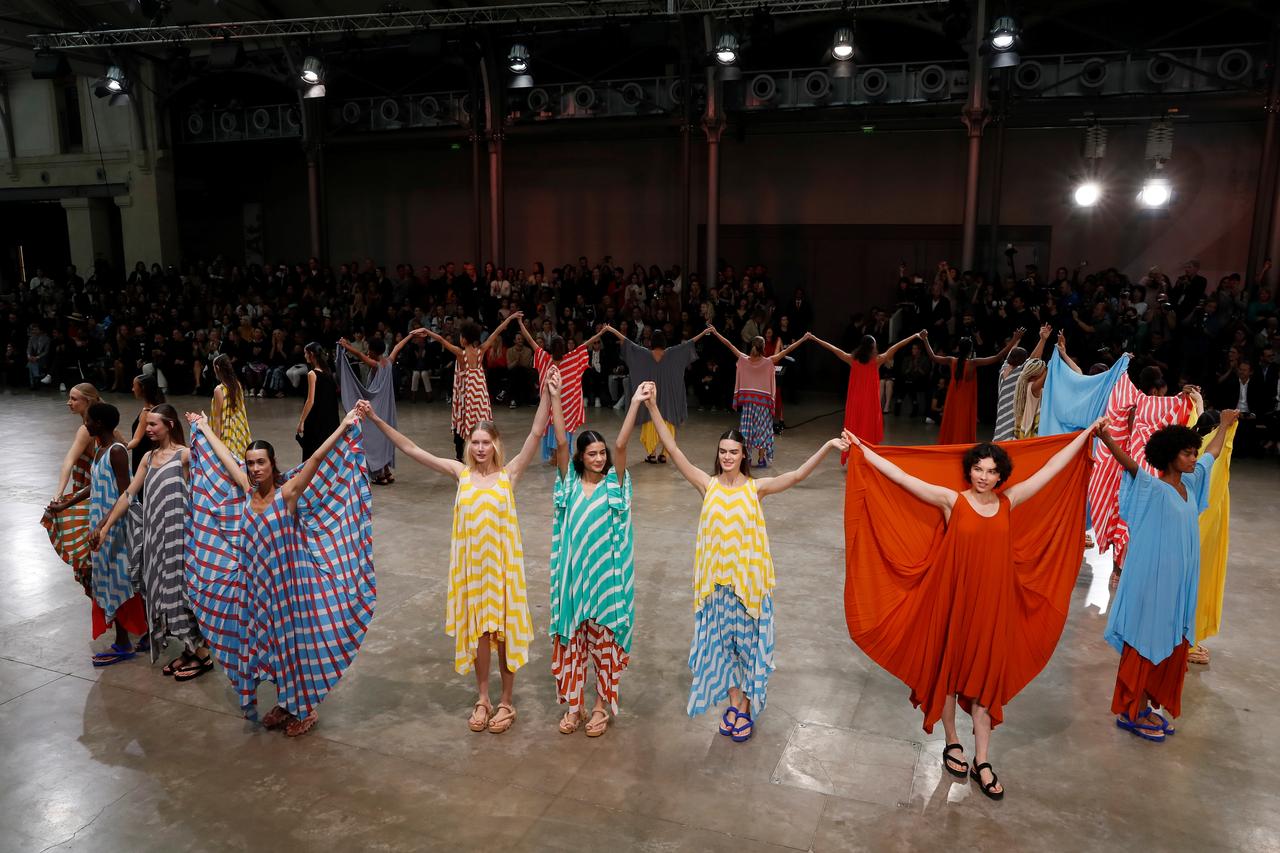
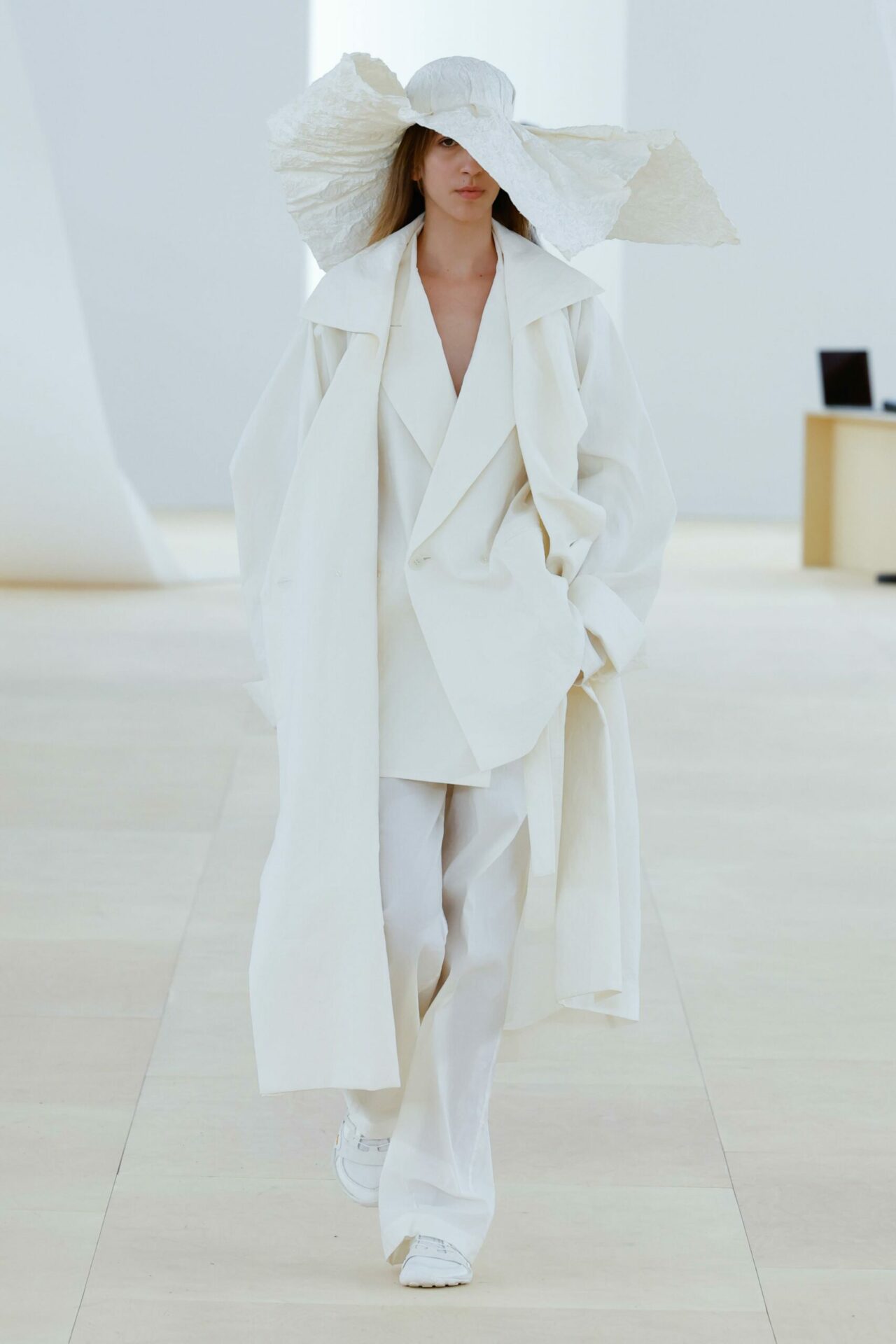
Weight as a Language
Every textile speaks a different dialect. Georgette murmurs. Taffeta snaps. Organza floats with an ego. And each of them falls differently, based on weight, fiber, and weave—but ultimately, they all answer to gravity.
You can fake structure with boning or starch, but you can’t fake the way fabric falls. Drapery isn’t performative. It’s emotional. You feel it in the heaviness of velvet around your shoulders on a winter night, or in the ethereal lightness of chiffon catching a summer breeze. It’s physics, yes—but it’s also poetry.
Tension Points and Human Bodies
Here’s the beautiful paradox: drapery is about surrender, but it starts with intention.
Think about where a garment begins—maybe at the shoulder, or the waist. That’s the anchor. From there, everything else is release. The body becomes both frame and canvas. The fabric responds not just to movement, but to posture, pause, breath. A woman walking in a bias-cut gown is in constant conversation with her clothing. So is the dancer in a handwoven dupatta, or the man in a dhoti walking through a hot Delhi afternoon.
Drapery is human. It curves with the spine, it pools at the knees, it whispers around the wrist. No two people will wear the same draped garment the same way—and that’s the point. The elegance lies in the individuality.
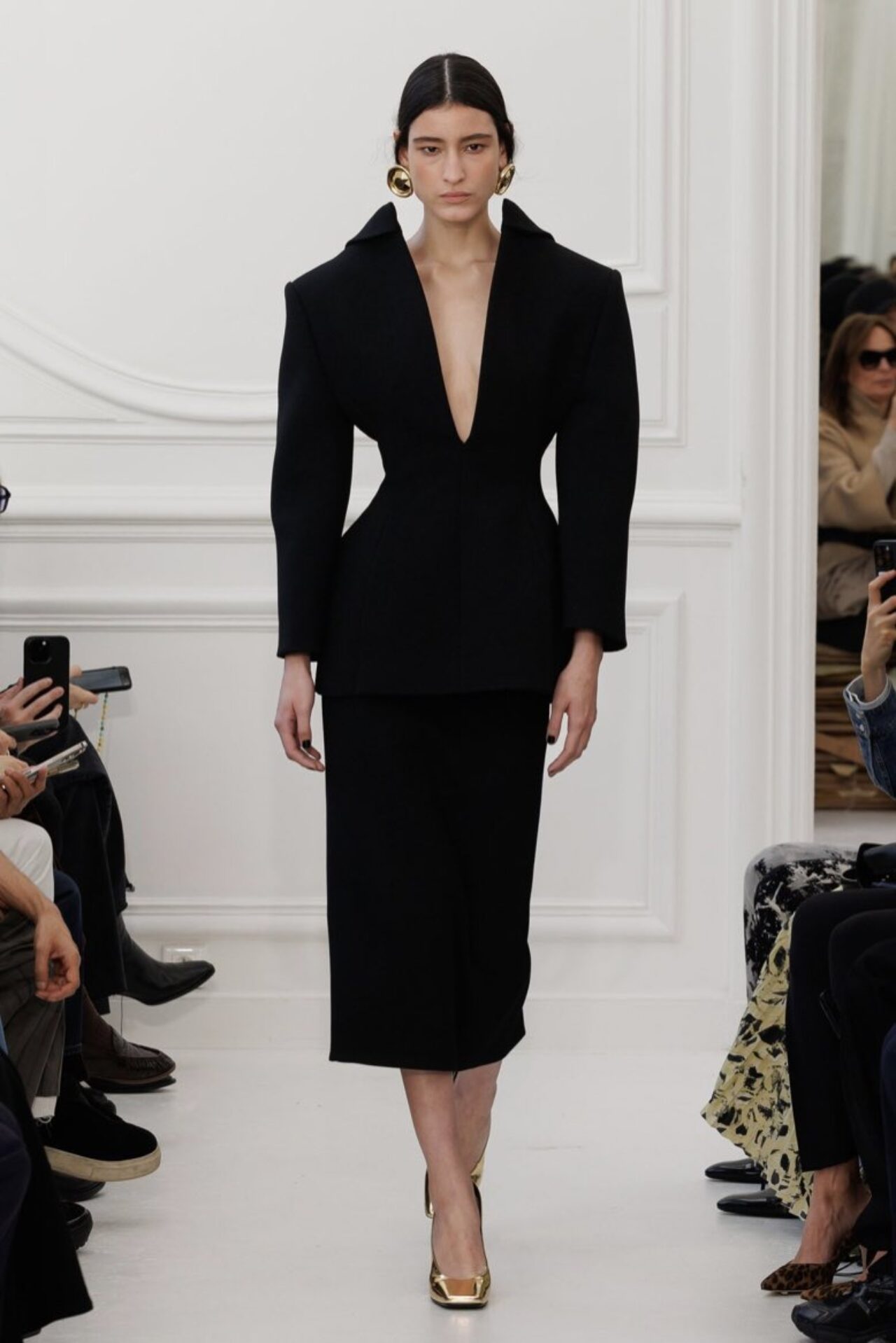
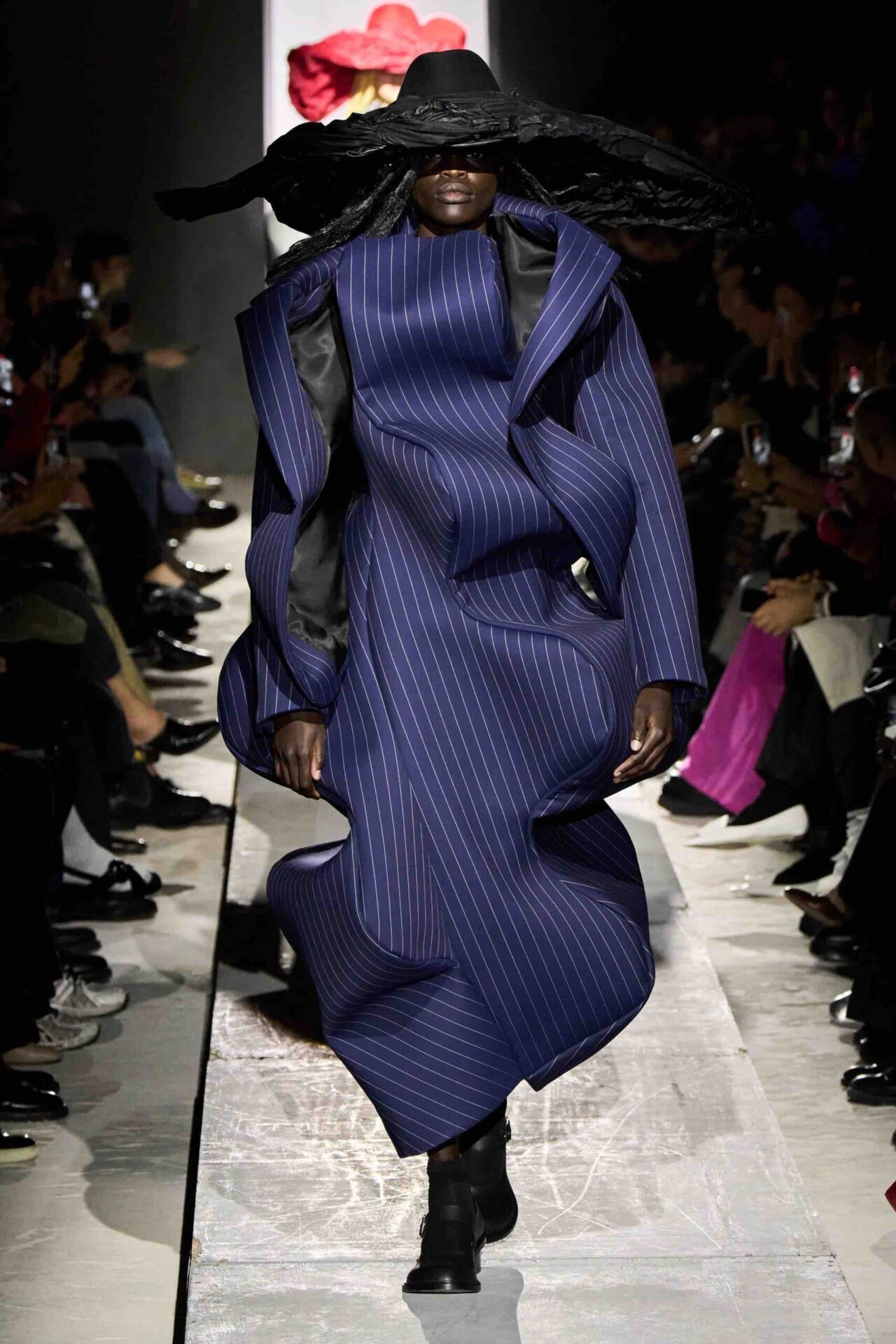

Elegance as a Natural Law
We often mistake elegance for effort. But real elegance, the kind that lingers in memory, is effortless. Not because it requires no thought, but because it doesn’t resist nature. It moves with the body. It leans into gravity.
Designers like Issey Miyake and Madame Grès understood this. They didn’t force structure—they allowed flow. Their garments breathe. Their elegance is born not from domination of the fabric, but from deep respect for its nature.
Maybe that’s the lesson. Elegance isn’t made. It’s revealed—when we stop resisting what’s inevitable and start working with it. Gravity, after all, is not a hindrance. It’s a collaborator.
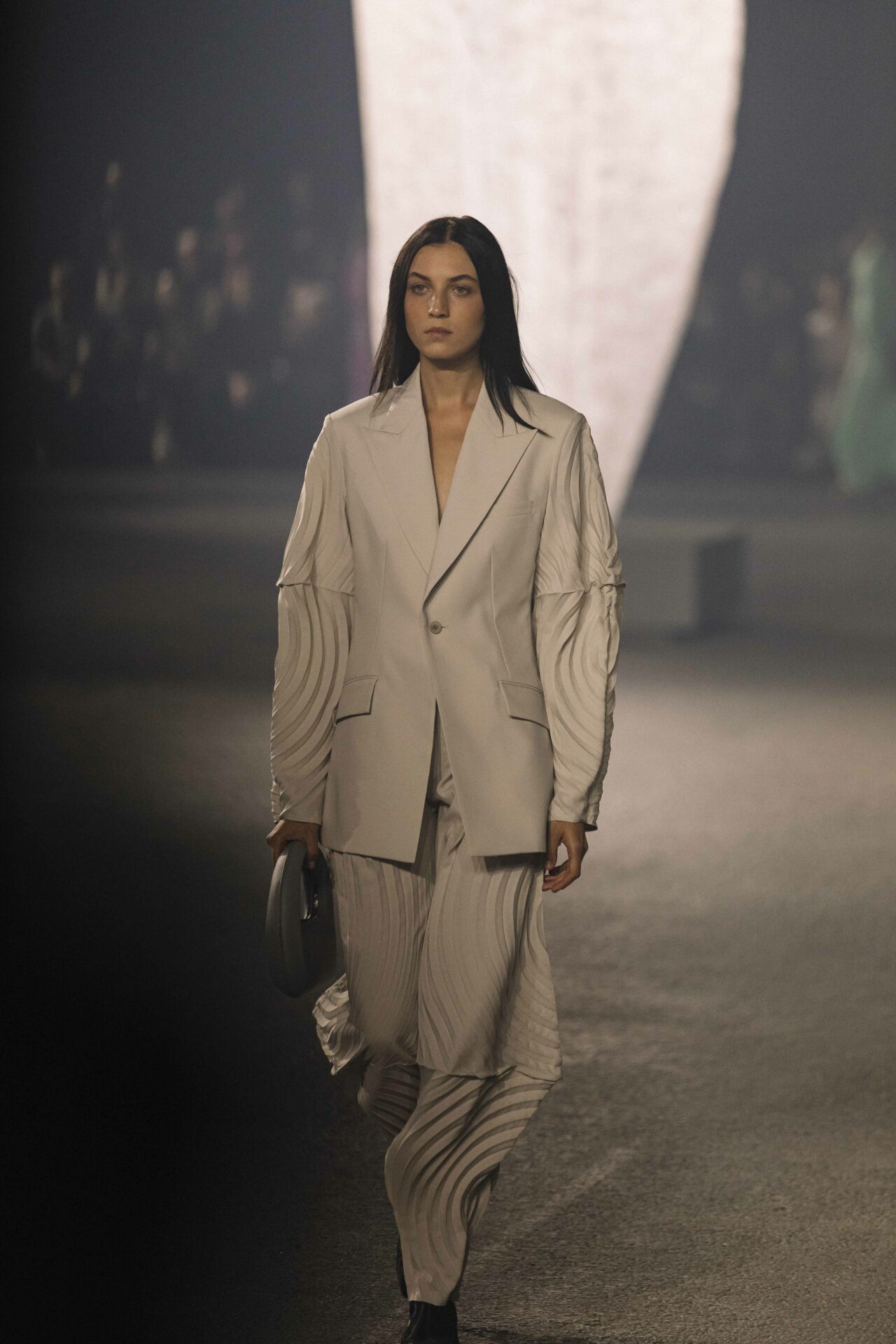
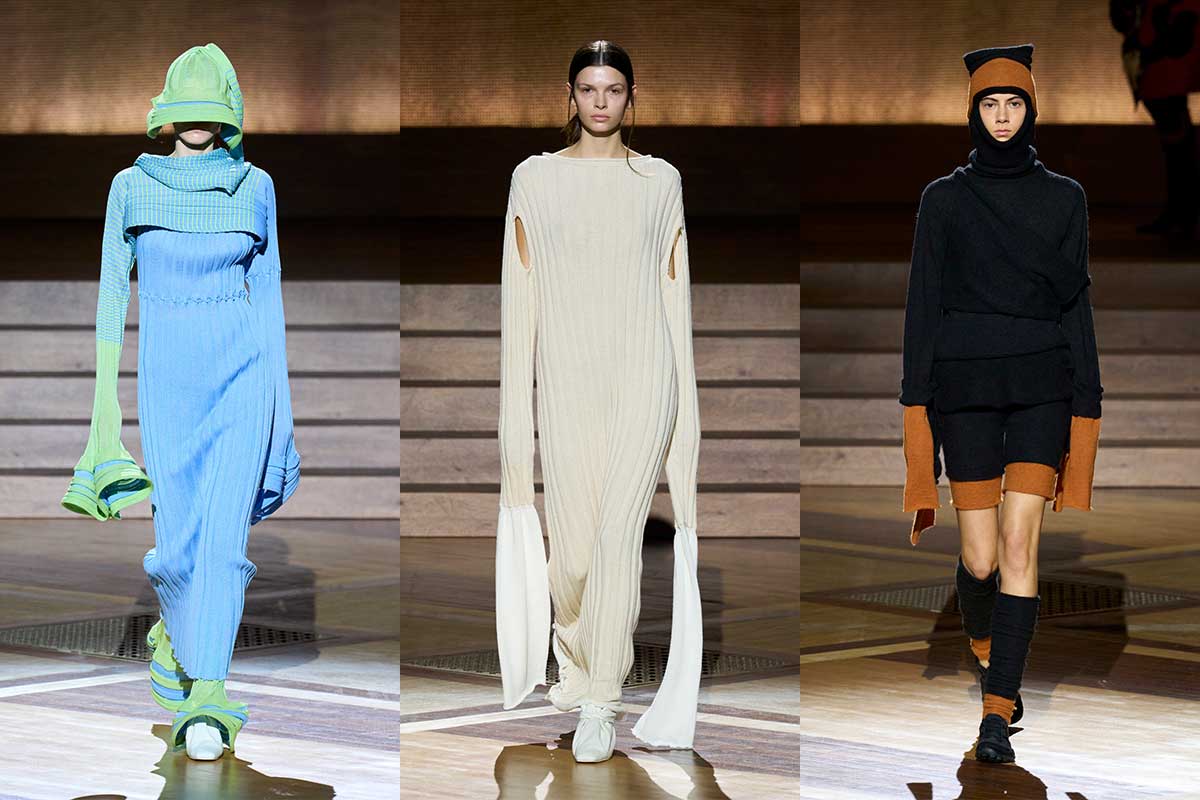
Final Pleat
Drapery isn’t about fabric. It’s about freedom. It’s about movement. It’s about learning to let things fall where they may—and finding beauty in the fall.
The next time you watch fabric fall from a shoulder, pause. You’re not just seeing style. You’re witnessing science. And perhaps, a small, quiet rebellion against a world that still thinks elegance must be rigid.
Gravity is always pulling us down. Drapery is proof that falling can still look like flying.